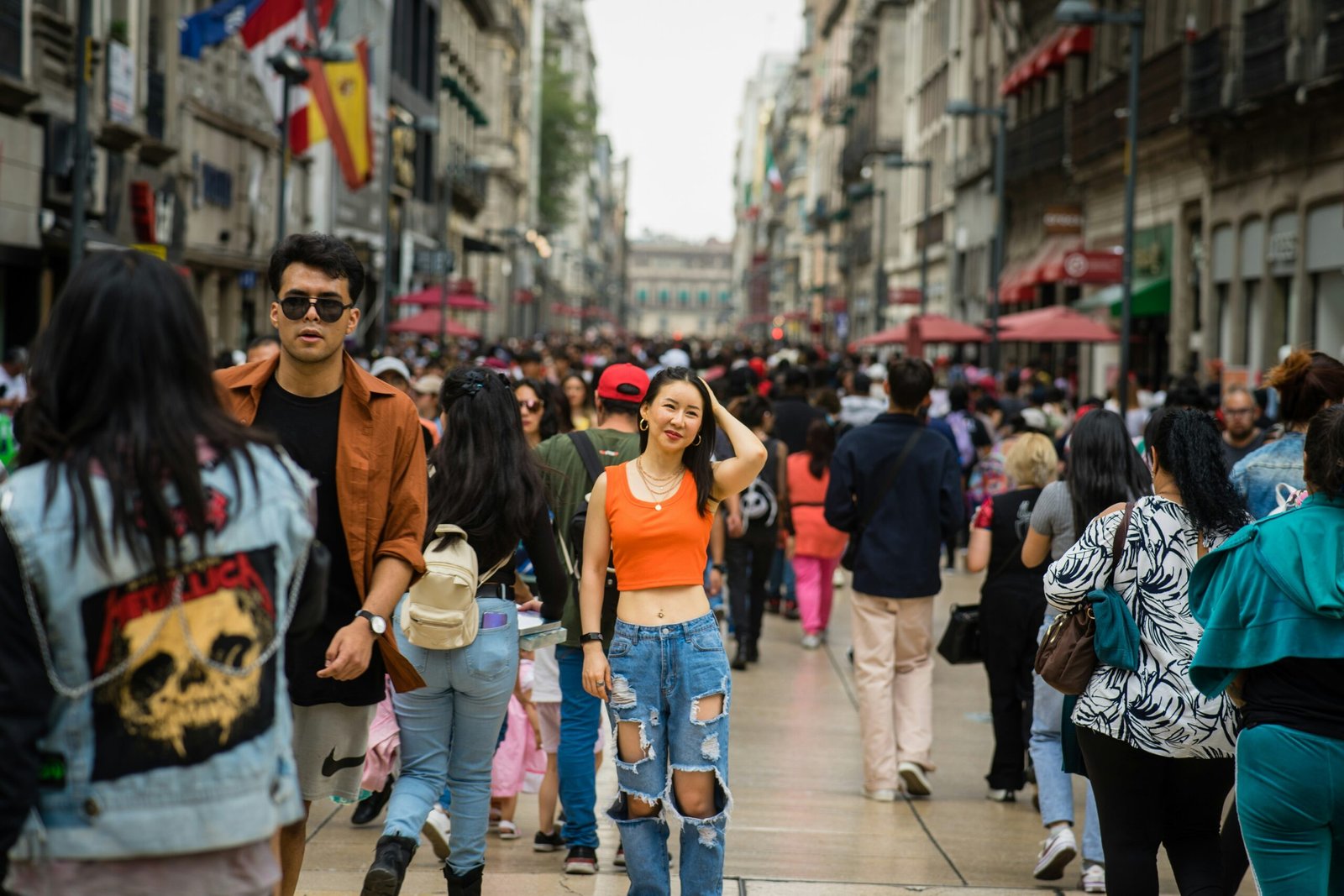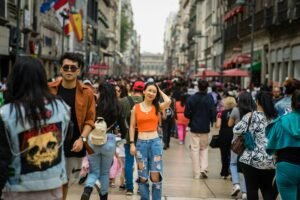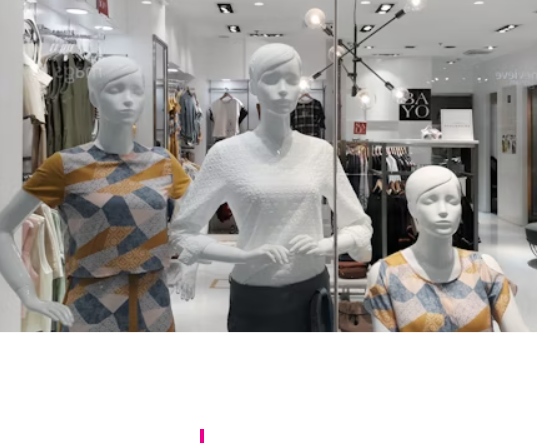

Streetwear Dominance in 2025: From Local Culture to Global Runways
The Rise of Streetwear
Fashion in 2025 looks dramatically different from what it did a decade ago. While luxury brands and haute couture continue to dominate certain parts of the industry, streetwear has become the global language of style. From New York and Tokyo to Paris and Dubai, the oversized hoodies, limited-edition sneakers, and graphic tees once confined to urban youth culture are now showcased on runways, in magazines, and on social media feeds worldwide.
Streetwear isn’t just a fashion trend anymore — it’s a multi-billion-dollar business that bridges culture, commerce, and creativity.
The Cultural Roots of Streetwear
Streetwear first emerged in the late 20th century, rooted in hip-hop, skateboarding, and surf culture. Brands like Supreme, Stüssy, and A Bathing Ape (BAPE) set the foundation by creating clothing that was both functional and expressive.
What made streetwear unique was its community-driven identity. Unlike luxury fashion houses that pushed exclusivity through wealth, streetwear focused on authenticity, scarcity, and cultural relevance. A limited-edition drop wasn’t just about clothes; it was about belonging to a tribe.
2025 Streetwear Trends
By 2025, streetwear has evolved, yet its essence remains intact. Here are the dominant themes shaping the fashion world:
Oversized Fits – Baggy pants, oversized hoodies, and relaxed tailoring dominate youth wardrobes.
Sneaker Culture – Sneakers continue to define streetwear, with collaborations between luxury brands and athletic companies setting record sales.
Genderless Fashion – Streetwear thrives in fluidity, with unisex collections gaining momentum.
Sustainability – Eco-friendly fabrics, upcycled materials, and circular resale platforms are redefining the industry.
Digital Fashion – NFT wearables and AR try-on features are bringing streetwear into the metaverse.
Streetwear Meets Luxury Fashion
The lines between luxury and streetwear are now blurry. In 2025, collaborations between legacy fashion houses and streetwear brands are not only common but highly profitable.
Louis Vuitton x Supreme paved the way years ago.
Gucci, Dior, and Balenciaga now regularly release capsule collections influenced by urban culture.
Sneaker partnerships with Nike, Adidas, and New Balance continue to dominate resale markets.
This marriage of high and low fashion reflects a cultural shift: prestige today is not just about suits and gowns but about authenticity and accessibility.
The Business Side of Streetwear
Streetwear is not just a style — it’s a global business machine. According to market analysts, the streetwear industry is valued at more than $180 billion in 2025, with growth driven by:
Limited Drops – Scarcity creates demand, often resold for double or triple retail price.
Resale Platforms – Apps like StockX, GOAT, and Grailed fuel the secondhand market.
Direct-to-Consumer Brands – Independent designers use Instagram and TikTok to reach millions directly.
Streetwear has democratized fashion. Young entrepreneurs can launch successful brands without the backing of a fashion house, using only social media and e-commerce tools.
Technology’s Role in Streetwear Growth
Technology is inseparable from fashion in 2025.
AI-powered design tools allow small creators to compete with established brands.
Augmented reality try-ons let shoppers test sneakers virtually before buying.
Blockchain and NFTs are being used to authenticate limited drops and prevent counterfeits.
Streetwear thrives at the intersection of innovation and culture, making it a powerful case study for the future of fashion.
Celebrity Influence in Streetwear
Streetwear and celebrity culture are inseparable. In 2025:
Musicians like Travis Scott, Kanye West, and Billie Eilish set global style trends.
Athletes like LeBron James and Neymar are ambassadors for sneaker culture.
Actors and influencers on TikTok and Instagram amplify every drop.
Streetwear is no longer “underground” — it’s on the front page of global fashion media.
Streetwear Goes Global
What began in New York and Tokyo is now a global language of youth expression. In Asia, brands like Ambush and Undercover lead the way. In Europe, luxury labels collaborate with streetwear icons. In the Middle East and Africa, a new wave of designers blends traditional fabrics with urban silhouettes, creating hybrid fashion identities.
Streetwear has become a universal style, proving that fashion today is about cultural exchange as much as design.
For more fashion insights, visit Vogue
Challenges Facing Streetwear in 2025
Despite its dominance, streetwear faces several challenges:
Fast Fashion Copies – Big chains quickly replicate popular drops, hurting smaller creators.
Over-commercialization – Critics argue that streetwear is losing its authenticity.
Environmental Impact – Mass production and short-lived hype cycles conflict with sustainability.
Yet, these challenges also present opportunities for innovation, particularly in eco-friendly fashion and digital designs.
Conclusion: Streetwear as the Future of Fashion
In 2025, streetwear is not just surviving — it’s thriving. Its dominance across runways, retail, and resale markets proves that fashion’s future lies in authenticity, inclusivity, and innovation.
For many, streetwear is more than clothing. It’s culture, business, and identity wrapped in one. From local skate parks to Paris runways, streetwear has proven itself as the defining style of a generation.










